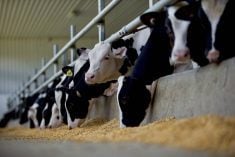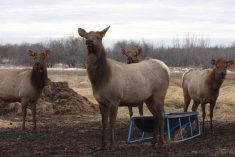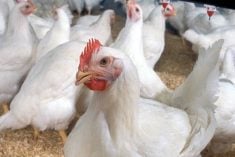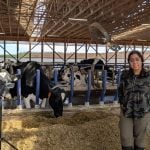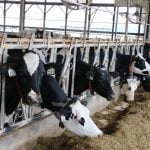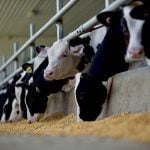(Resource News International) — Canadian hog producers will continue to liquidate their herds in the coming year with no apparent end in sight to soaring corn prices, according to industry sources.
The release of the March 31 U.S. Department of Agriculture prospective plantings report confirmed what most people in the industry already suspected, namely that tight supply will continue to cause record high corn prices in the coming crop year. Corn acreage was pegged in the report at 86.0 million acres, down eight per cent from the previous year’s level.
Read Also
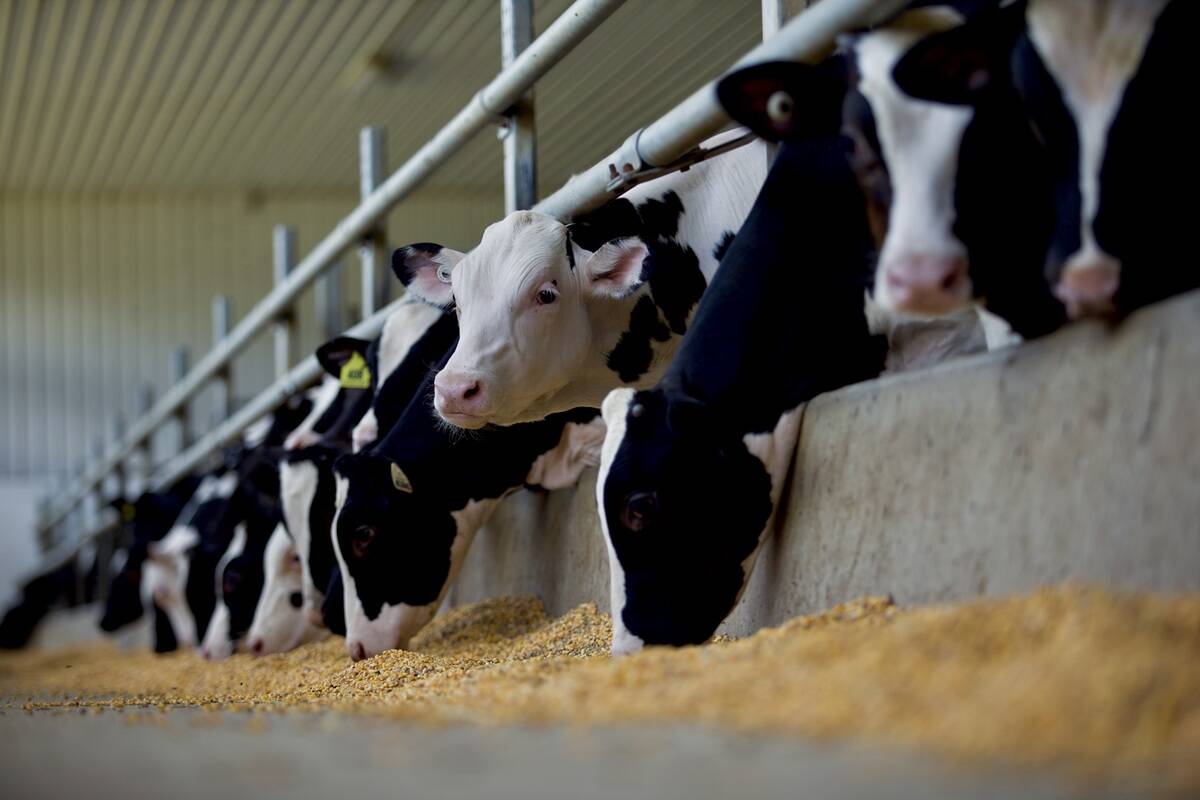
Confusion cleared on Canadian calf import changes
A Canadian Food Inspection Agency (CFIA) announcement on import regulations for feeder calves caused some confusion on the administrative side of Canada’s cattle industry earlier this month
“Certainly corn is a huge cost, it represents a fairly significant portion of the hog ration. Increased costs means greater expenses to put the product to market, in this case pork. So yes, this impacts our market significantly,” said Keith Robbins, Ontario Pork’s director of communications and consumer marketing.
Robbins said research done at the University of Guelph’s Ridgetown campus at the end of 2007 indicates 30 to 40 per cent of the Ontario hog industry could be out of business by the end of 2008 and if not by then, by the spring of 2009.
Asked if reluctance to sell hogs at such low prices is likely to slow the pace of herd liquidation, Robbins replied, “I would agree with that in some cases, if there is a light at the end of the tunnel, say if the futures prices looks better or something along those lines, that people will hold on but in a situation where their equity is eroding and they have an ongoing low price for their product, in some cases the decision is what is the best for their operation in the long term.”
Some producers, he said, have decided to shut down operations for a year or so, at which point they will re-assess whether to re-open or move into another line of business.
Robbins noted as well that a number of Ontario farmers are expected to participate in the federal government’s $50 million cull breeding swine program, which begins April 14.
Under the program, eligible producers will receive a payment of $225 less the selling price per sow, boar or pregnant gilt that is slaughtered. The producer must agree to empty at least one barn and not restock it for a period of three years.
The program is intended to reduce Canada’s breeding swine inventory by at least 10 per cent or roughly 150,000 animals.
Any reduction as a result of the program would only
augment the liquidation already occurring, Robbins said.
“We’ve already seen a three per cent reduction in the Statistics Canada numbers for sows, at least in the province of Ontario. As for producers, on average we usually would lose 10 per cent of producers each year. Our numbers this year are around 2,900 producers so on average we would lose somewhere around 200 producers by the end of 2008. What we’re saying is that because of the economic hardship on the farm right now we will probably see a greater number than that.”
Meanwhile, the situation looks equally bleak in Western Canada despite the availability of feed wheat and barley as alternative feed sources.
“We’re going to see continued liquidation because of higher feed costs. Unless we see much higher hog prices in the next little while, it will continue,” said Brad Marceniuk, a livestock economist with Saskatchewan Agriculture.
“Most of the corn imported is used in Eastern Canada whereas in Western Canada we use mostly barley or feed wheat,” he said.
“In general however, prices are going up for all cereal grains so its costing more to feed your hogs right now and so its going to have a negative effect on all producers in North America.”
He said it is difficult to predict when the current liquidation will end, adding that for the time being there is simply too much meat on the market, whether it is beef, poultry or pork.
“We need to see a bunch of liquidation and reduced production and then at some point we’ll see higher prices,” Marceniuk said.


